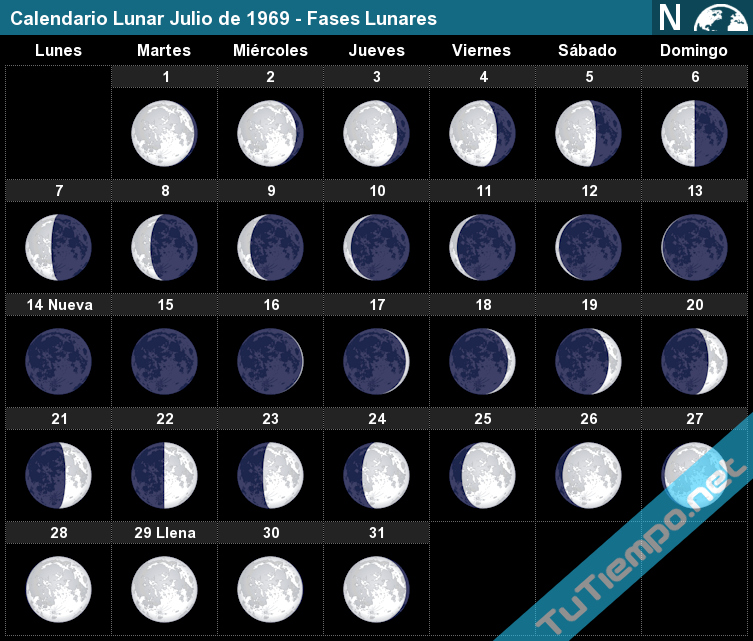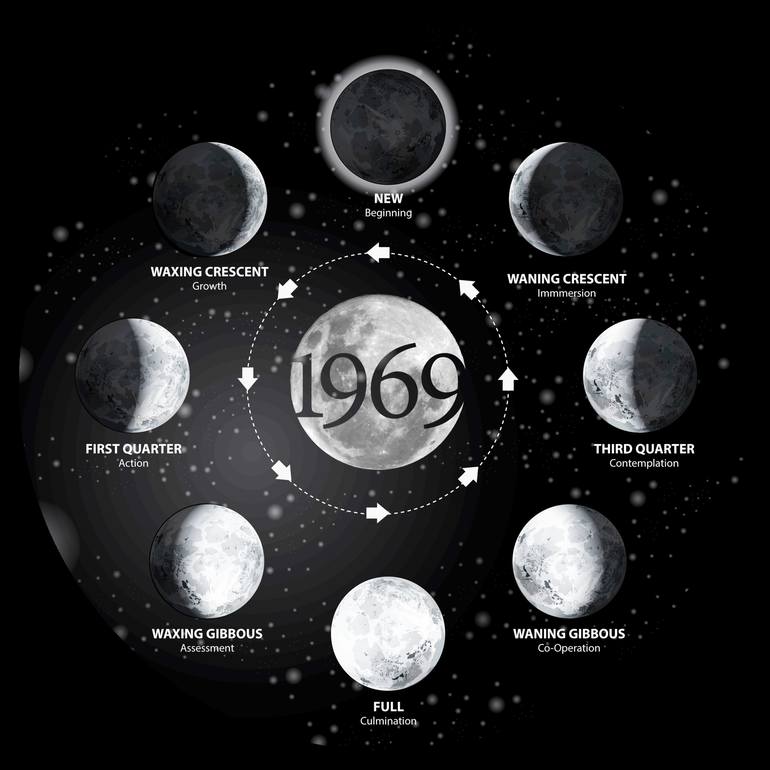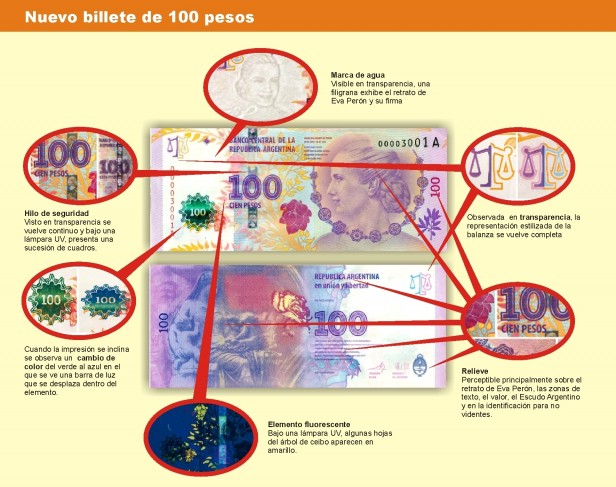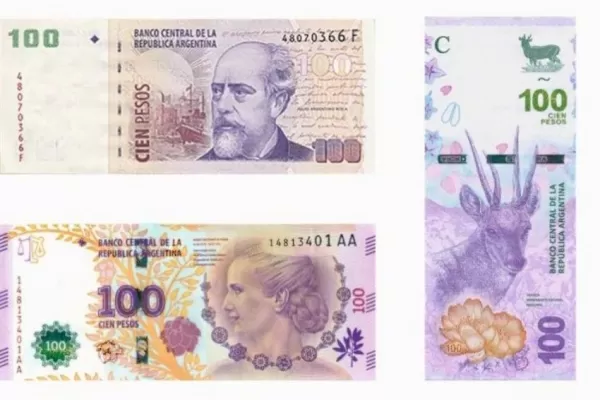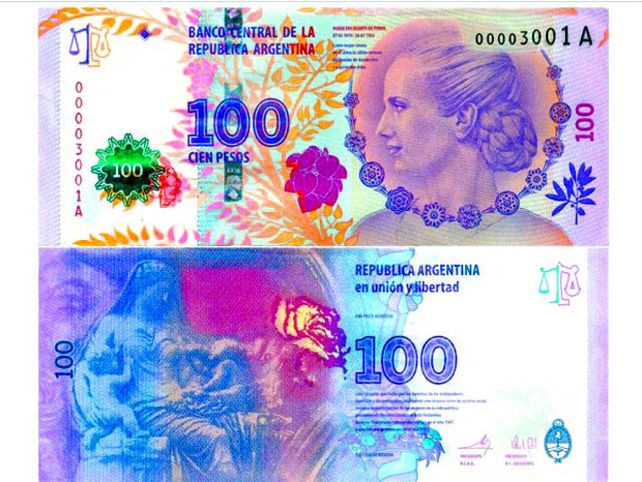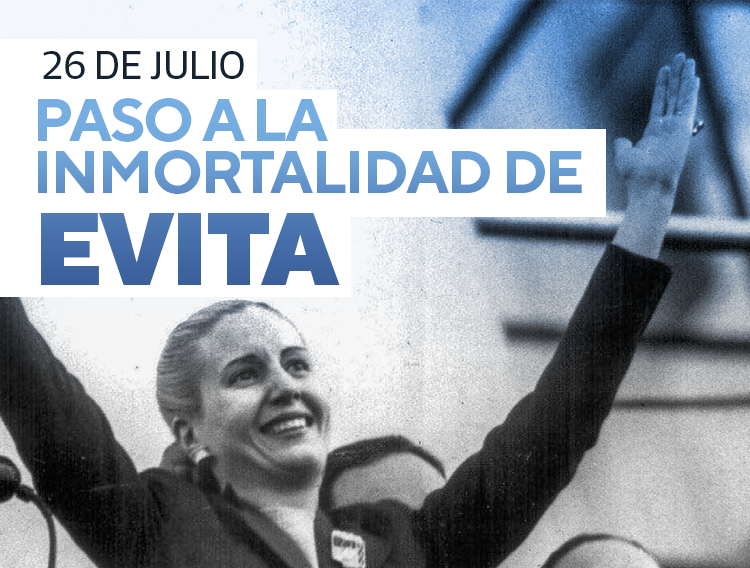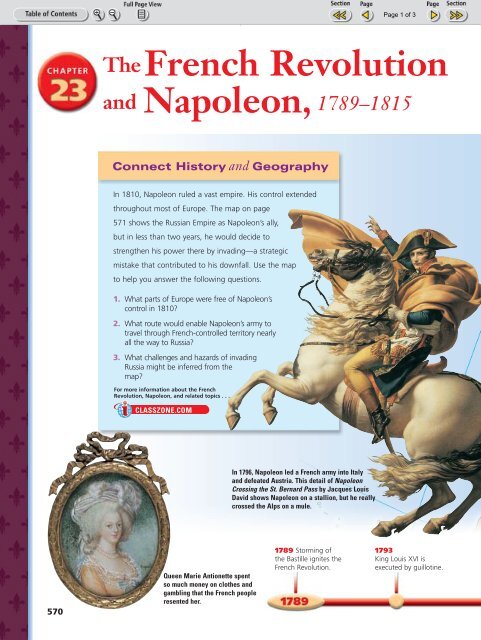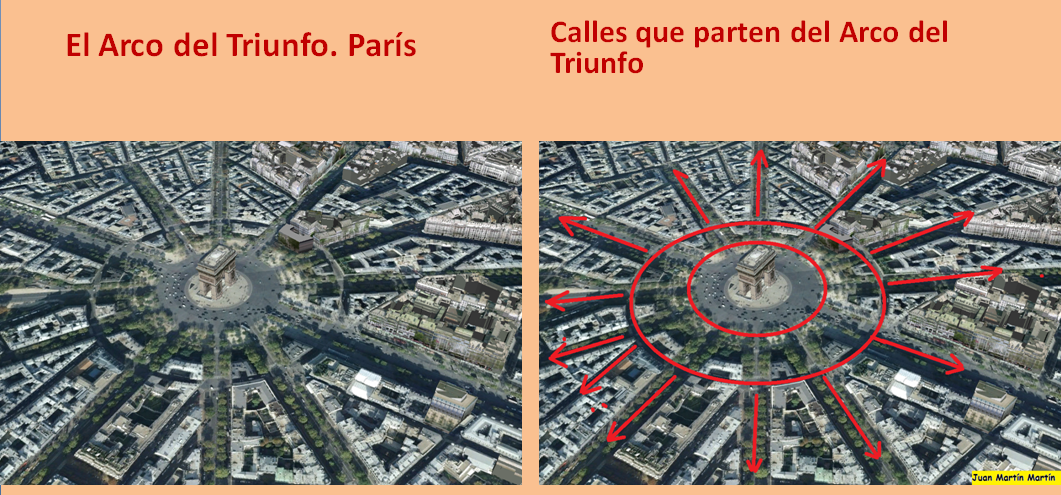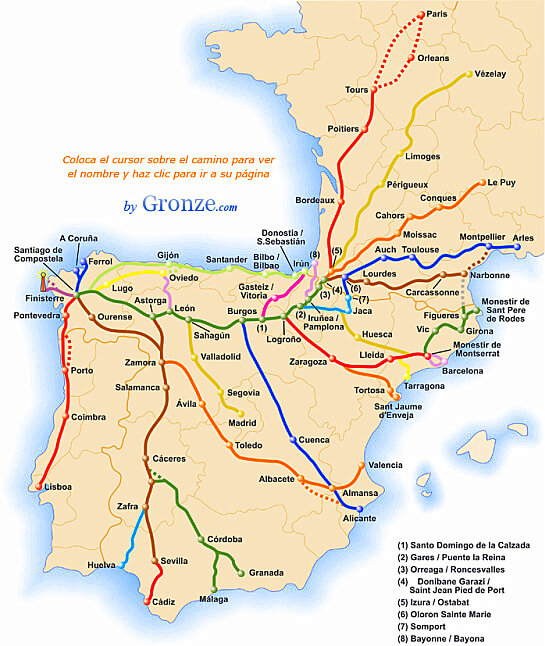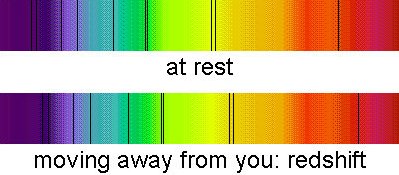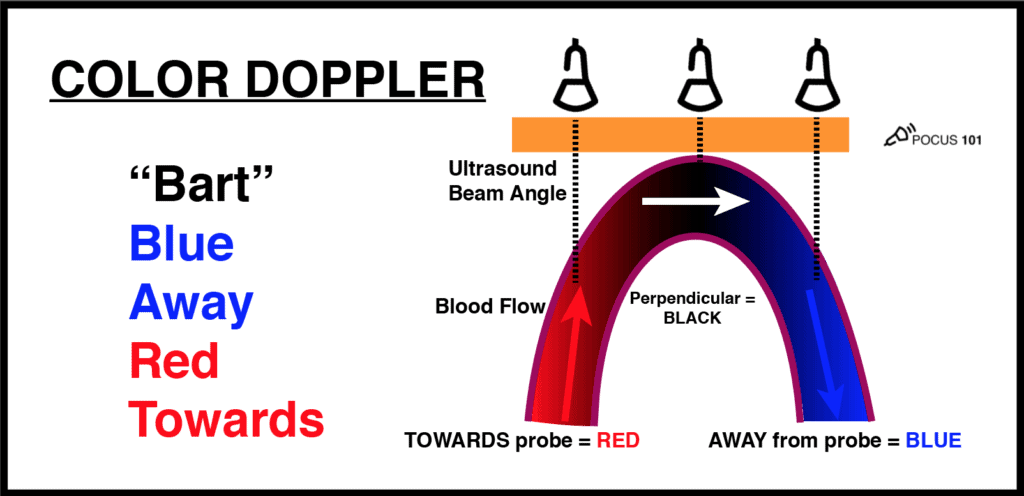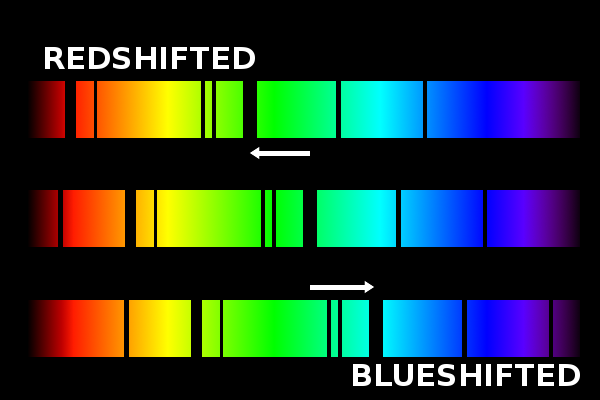|
|
General: APOLLO 11=FRANCE=MARY MAGDALENE S DAY JULY 14TH 1969 (BASTILLE DAY)=NEW MOON
Elegir otro panel de mensajes |
|
|
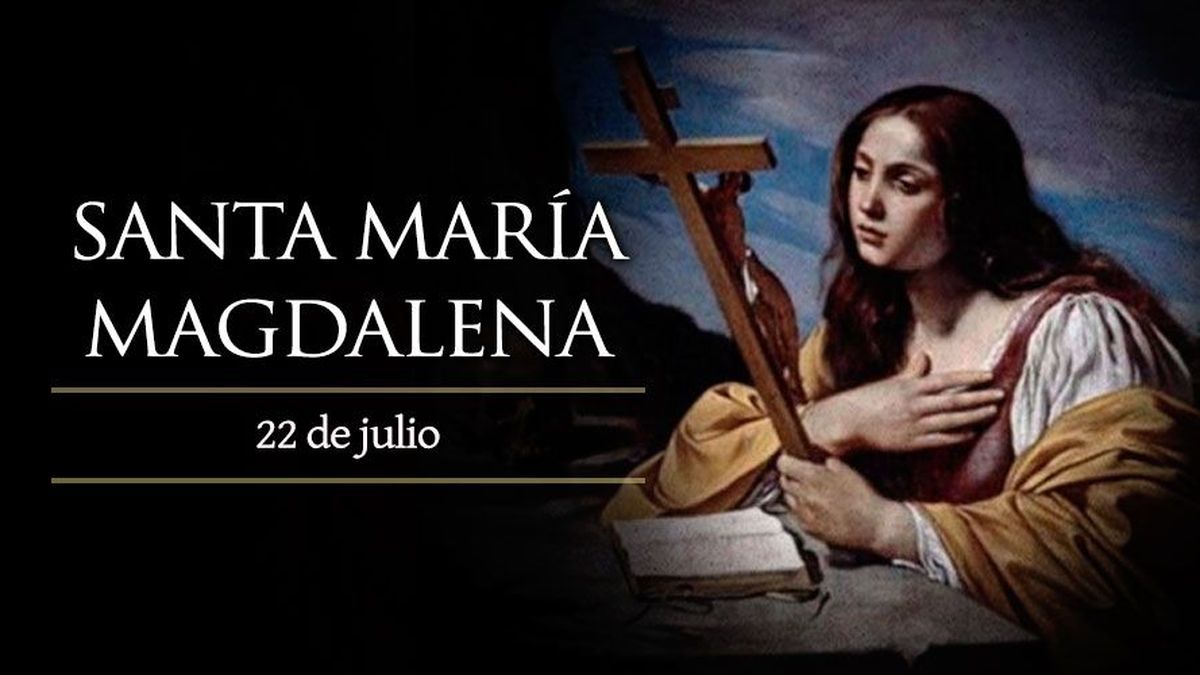  
VIDEO | 22 de Julio de 1947: Evita es recibida por Vicent Auriol, el presidente de Francia

Tuvo una agenda bastante apretada, con importantes reuniones para firmar acuerdos internacionales.
La “Gira del Arco Iris” de Evita por Europa y Sudamérica se realizó con el objetivo de fortalecer relaciones en el exterior, en un contexto de post Segunda Guerra Mundial. La primera dama fue enviada por Juan Domingo Perón para representar al gobierno peronista y al país. En primer lugar, llegó a España, donde se entrevistó con el general Francisco Franco y miles de españoles se rindieron a sus pies. Después se instaló en Italia, Portugal, Francia, Suiza, Mónaco, el Vaticano, Brasil y Uruguay.
El 22 de julio de 1947, la “abanderada de los humildes” llegó a Paris. Fue recibida por Georges Bidault, ministro de Exteriores francés. Además, la esperaba un grupo de mujeres y de niños que se mezclaban con las banderas de Argentina y de Francia. Las autoridades de la capital del país galo pusieron a disposición de Eva el automóvil del general Charles De Gaulle, un honor que hasta el momento sólo se había reservado para el primer ministro británico Winston Churchill. Con ese rodado, la oriunda de Los Toldos conoció la catedral de Notre Dame.
Evita ingresó a Notre Dame y se entrevistó con el monseñor Roncalli, quien en 1958 se convertiría en Papa y recibiría la denominación de Juan XXIII. Fuentes cercanas a la primera dama, sostienen que durante la entrevista que tuvieron, la joven argentina de 27 años le explicó la idea de realizar una fundación de ayuda social (la cual crearía al regresar al país) y recibió como respuesta: “Le recomiendo dos cosas: que prescinda por completo de todo papelerío burocrático, y que se consagre sin límites a su tarea”. Ambas las cumplió con excelencia.
Durante el tiempo en Francia, Evita estuvo hospedada en el Hotel Ritz. Tuvo una agenda bastante cargada de reuniones para firmar acuerdos internacionales. Uno de ellos fue con el presidente Vincent Auriol, con quien firmó un tratado que incluía el intercambio en particular de cuero, carne, cereales, aceites, y quebracho a cambio de acero, automóviles, diversos productos mecánicos, y en particular máquinas textiles, productos químicos.
“En su entrevista con el ministro de Relaciones Exteriores, Georges Bidault, uno de los principales dirigentes de la resistencia interior a la ocupación alemana, Evita le planteó que era muy desagradable que Francia, país amigo de la Argentina, tuviera una calle en París y una estación del Métropolitain que se llamara Obligado, por la batalla de la Vuelta de Obligado. Le recordó que la Escuadra naval anglofrancesa había logrado ganar la batalla, pero había pedido la guerra. Y le pidió que le cambiaran el nombre.
Dos días después, cuando se firmaban los acuerdos comerciales por los cuales la Argentina otorgaba a Francia un crédito para compras de cereales de 200 millones de dólares, el presidente Vincent Auriol le comunicó que en aras de la renovada amistad franco argentina serían cambiados los nombres de la estación del Métropolitain y de la calle”. De esta manera, la calle Vuelta de Obligado pasó a denominarse “d’Argentine”. Evita, una luz en la historia argentina que dejó su rastro en París.
https://www.agencianova.com/nota.asp?n=2022_7_24&id=112712&id_tiponota=81
Julio Victorica Roca
 Placa en la Rue d'Argentine de París con homenaje del embajador Victorica Roca (1948).
Julio Victorica Roca (Buenos Aires, 1893-ibídem, 27 de noviembre de 1955)1 fue un hacendado y político argentino. Fue diputado nacional por la provincia de Buenos Aires (1942-1943) y embajador argentino en Francia (1947-1949).
Nació en Buenos Aires en 1893,1 hijo de Benjamín Victorica Urquiza, siendo nieto de Benjamín Victorica.23 Por el lado materno, era sobrino nieto de Julio Argentino Roca.4
Hacendado, era dueño de un haras de caballos en Balcarce, ciudad donde presidió el comité local de la Unión Cívica Radical (UCR) y donde fue comisionado municipal.15
En las elecciones legislativas de 1942, fue elegido diputado nacional por la provincia de Buenos Aires en la lista de la UCR. No completó su mandato, que se extendía hasta 1946, por el golpe de Estado del 4 de junio de 1943.6
Durante el gobierno de Juan Domingo Perón, fue designado embajador especial para asistir al acto de asunción del presidente chileno Gabriel González Videla en 1946, y al año siguiente fue nombrado embajador en Francia, cargo que ejerció hasta 1949.1 En su período en París, acompañó la visita oficial de Eva Perón en 1947, y firmó con el ministro de Asuntos Exteriores Georges Bidault un convenio comercial y financiero.78
Posteriormente fue director del Banco Argentino de Comercio.1
Falleció en Buenos Aires en noviembre de 1955.1
21 DE JULIO DE 1947 / EVITA LLEGA A FRANCIA
https://todoperon.org/21-de-julio-de-1947-evita-llega-a-francia/
|
|
|
|
|
Napoleon’s Forgotten First Battle: La Maddalena, 1793
Napoleon got his first taste of battle in February 1793 at the siege of La Maddalena. By the year’s end, Napoleon was a general and a hero.
Jun 6, 2024 • By Dale Pappas, PhD Modern European History, MA History, BA History, Italian Studies

Napoleon’s name is synonymous with French history. But before Napoleon rose to power in France, he dreamed of becoming influential in his native Corsica. In fact, Napoleon made many decisions in his early life, believing that it could help further his career in Corsica rather than France. However, Napoleon’s participation in the failed attempt to seize La Maddalena in February 1793 contributed to a shift in his thinking about Corsica. By the end of 1793, this Corsican patriot had emerged as a rising star of the French Republic.
Napoleon’s Homeland: Corsica
 Decorative Map of Corsica by Victor Levasseur, 1861. Source: Wikipedia Commons
In his book The Social Contract (1762), Genevan philosopher Jean-Jacques Rousseau wrote of Corsica, “I have a presentiment that one day this small island will astonish Europe.” Indeed, the rebellion launched by the islanders against Genoese rule in the 1760s captured Europe’s attention. Even people in distant Boston and Philadelphia admired Corsica’s rebellious spirit. They tried to emulate it in opposing British policies on the eve of the American Revolution.
Corsican rebels continued their fight against the French, who purchased the north Mediterranean island of Corsica from Genoa in 1768. France formally annexed Corsica the following year and appointed Charles Louis de Marbeuf as the island’s governor.
But Rousseau’s statement equally applies to the life of Napoleon Bonaparte, born in Ajaccio, Corsica, on August 15, 1769. He was the second son of Carlo and Letizia Buonaparte. Despite aristocratic lineage, Napoleon’s parents were Corsican revolutionaries determined to upend Genoese rule. At first, they also backed resistance to the French, but soon realized loyalty presented opportunities for the family.
Get the latest articles delivered to your inbox
Sign up to our Free Weekly Newsletter
Napoleon’s Youth
 Napoleon Studying at Auxonne, 1788, by François Flameng. Source: Wikipedia Commons
Thanks to his family’s close ties to Marbeuf, Napoleon received admission to one of France’s military academies. Napoleon started school in France at age nine, first in Autun and then in Brienne. The young Napoleon impressed his instructors as he advanced through different academies.
Although initially recommended for naval service because of his knack for mathematics, Napoleon was soon placed on track for a career in the prestigious artillery branch of the French army. In 1785, he received his first commission in the French army as a lieutenant.
However, Napoleon longed to return to Corsica and found adjusting to life in France difficult. Indeed, at this point, Napoleon still signed his name “Napoleone di Buonaparte” rather than the Napoleon Bonaparte. Despite his promising academic record and French military commission, Napoleon spent most of the years 1786-1788 on leave from his regiment. Most of that time was spent in Corsica.
Napoleon grew interested in and supported republican ideals as the French Revolution unfolded. But at this stage, Napoleon saw the French Revolution as an opportunity for Corsica’s independence. In other words, Napoleon still saw his future in Corsica rather than Paris.
https://www.thecollector.com/napoleon-first-battle-la-maddalena/ |
|
|
|
|
Batalla de las Pirámides
La batalla de las Pirámides tuvo lugar el 21 de julio de 1798 entre el ejército francés en Egipto bajo las órdenes de Napoleón Bonaparte y las fuerzas locales mamelucas.
En julio de 1798, Napoleón iba dirección El Cairo, después de invadir y capturar Alejandría. En el camino se encontró a dos fuerzas de mamelucos a 15 kilómetros de las pirámides, y a solo 6 de El Cairo. Los mamelucos estaban comandados por Murad Bey e Ibrahim Bey y tenían una poderosa caballería. Los mamelucos, a pesar de ser superiores en número, estaban equipados con una tecnología primitiva, tan solo tenían espadas, arcos y flechas; además, sus fuerzas quedaron divididas por el Nilo, con Murad atrincherado en Embabeh e Ibrahim a campo abierto.
Napoleón se dio cuenta de que la única tropa egipcia de cierto valor era la caballería. Él tenía poca caballería a su cargo y era superado en número por el doble o el triple. Se vio pues forzado a ir a la defensiva, y formó su ejército en cuadrados huecos con artillería, caballería y equipajes en el centro de cada uno, dispersando con fuego de artillería de apoyo el ataque de la caballería mameluca, que intentaba aprovechar los espacios entre los cuadros franceses. Entonces atacó el campamento egipcio de Embebeh, provocando la huida del ejército egipcio.
Tras la batalla, Francia obtuvo El Cairo y el bajo Egipto. Después de oír las noticias de la derrota de su legendaria caballería, el ejército mameluco de El Cairo se dispersó a Siria para reorganizarse. La batalla también puso fin a 700 años de mandato mameluco en Egipto. A pesar de este gran comienzo, la victoria del almirante Horatio Nelson diez días después en la batalla del Nilo acabó con las esperanzas de Bonaparte de conquistar Oriente Medio.
Representaciones culturales
[editar]
La batalla fue representada por François-André Vincent en un boceto, y por varios otros artistas.
|
|
|
|
|
Oak Island – the Templar and Viking connection!

Since the mid-nineteenth century, Oak Island has been claimed as the site for a vast, secretly hidden store of Templar treasure. Possibly the location of priceless items they discovered under the Temple of Solomon in Jerusalem.
Vast amounts of money have been spent excavating below ground to find millions of dollars worth of medieval booty. Companies have been set up with the sole task of getting to the treasure left behind by these enigmatic warrior knights. So – is the wealth of the Templars actually there?
Of course the answer is – we don’t know. But let’s try and figure out how the story has come about and why it still exercises such a tremendous hold on the popular imagination.
The Viking link to Oak Island
I think a good starting point are the claims made in the 20th century that the Vikings had got to the New World long before Christopher Columbus. Why is this important? Because if the Vikings could have got there – then why not the Templars?
This theory has been supported by the so-called Vinland map (dating from the 15th century), that seems to show our Viking ancestors touched down in north America. Trouble is, the map is just a little too good to be true and even though scholars from the British Museum and Yale backed it up in the 1960s, the evidence (for example dating of the ink) suggests it could be a forgery.

If it was true, the Vinland map would establish the feasibility of Europeans sailing across the Atlantic to the American coastline. It’s not beyond the realms of possibility because the Vikings did get to Iceland and Greenland. Some Templar conspiracy theorists suggest the knights or those who helped them had access to Viking navigation charts.
TEMPLAR EXCLUSIVE: Do you want to find your Templar ancestors?
The Templars and Oak Island
Moving away from the Vikings now, let’s shift our focus to the Knights Templar. In 1307, their number was up. Philip, king of France, had ordered the arrest of all the knights and they were interrogated under torture in various dungeons. But if the king had hoped to find lots of loot at the Paris Temple, their headquarters, he was to be severely disappointed. Only empty shelves greeted his soldiers.
We then get the story of Templar treasure being spirited away from Paris in wagons bound for the port of La Rochelle and from there on to Scotland (and/or maybe Portugal, see my other blog posts on that option). And then – the wealth of the Templars simply evaporates into thin air!
In his book Lost Treasure of the Knights Templar: Solving the Oak Island Mystery, Steven Sora claims that the Templars’ treasure – gold, silver, jewels and sacred relics of immense power – were firstly hidden away in the crypt at Rosslyn chapel by the Sinclair family. The Sinclairs are central to the whole Templar getaway-via-Scotland theory.
The Sinclair connection
Quick detour on the Sinclair family then. They are an ancient Scottish family that includes Henry, the first earl, who fought alongside the first Grand Master of the Templars, Hugh de Payens (or Payns) in the Holy Land in the early 12th century. So, we have an early association between this family and the order of knights.
Fast forward to the early 14th century and Sir William Sinclair (sometimes spelt St Clair or Saint-Clair) is sometimes held up to have been the last Templar Grand Master before his death in 1330. Trouble is, he also appears to have given evidence at their trials AGAINST the Templars – somewhat scuppering that theory unless he was involved in some kind of complex double bluff!
Then we have another Henry Sinclair who in the late 14th century allegedly explores the coast of north America with an Italian navigator called Antonio Zeno. This establishes the idea that the Sinclair family know all about the New World so are ready for a subsequent very important voyage.
According to Steven Sora, the Sinclairs leave the Templar treasure under Rosslyn until the 16th century. But then along comes the Protestant Reformation. The Sinclairs are devout Catholics. Fearing that that the Templar treasure might be seized, they set sail with it and land on…Oak Island!
Daniel McGinnis on Oak Island
Now, nothing more gets said about this – obviously, being a secret mission – until the 19th century. Then stories circulate in newspapers of discoveries made on the island by a man called Daniel McGinnis in the 1790s. I’ve read different versions of the McGinnis story. In one account, he found a curious depression in the ground while setting up his farm. Or, he saw unusual lights on the island one evening and sailed across, discovering the pit when he got there.
The story of McGinnis and his excavations only emerges fifty years later in a paper called the Liverpool Transcript. By the mid-nineteenth century, tales of pirates and their hidden treasure had become the stuff of boys’ magazines. In 1881, the author Robert Louis Stevenson would publish Treasure Island in a boys’ magazine called Young Folks. The Oak Island booty came to be associated with both the Templars and notorious pirates like Captain Kidd and Blackbeard.
This was also an era of gold rushes – speculators dashing to reputed finds of the precious metal. So, maybe not entirely surprising that Oak Island was soon swarming with diggers. The main attention was the Oak Island Money Pit. This was a curious shaft with what appeared to be booby traps set at different levels.
Most intriguing was the discovery of a stone slab that allegedly has carved on it the message: Forty feet below, two million pounds lay buried. That line is best said if you impersonate Nicholas Cage in the movie National Treasure. More seriously, at least six people have died investigating the very deep money pit due to flooding and in one case, a boiler exploding.
The Franklin Roosevelt connection

One well known Oak Island devotee was the US president Franklin Roosevelt (pictured above). The Democrat occupant of the White House through the 1930s was a Freemason and from his youth until his death in 1945, retained an abiding interest in the site. One feature that apparently gripped him was the rumour that the jewels of the last queen of France, Marie Antoinette, had been squirrelled away on the island.
Which brings us to the 21st century! Such is the level of interest in Oak Island that the History channel has just commissioned a whopping 30 hours for season six of its series The Curse of Oak Island. This runaway success of a documentary series features two Michigan brothers Rick and Marty Lagina who have bought much of Oak Island to pursue the treasure hunt. They are accompanied by local expert, Dan Blankenship.
Rick is a retired US postal worker who passionately believes something lurks under the surface. His brother Marty is the sceptical foil raising doubts every so often about their enterprise. However, as the digs proceed, Marty is seen to convert by degrees to the cause.
The programme has attracted an impressive four million views. And it’s spawned two spin-offs: The Curse of Civil War Gold and Yamashita’s Gold. The first spin-off speaks for itself. The second is the alleged burial of treasure by Japanese soldiers in the closing days of World War II in the Philippine jungle.
In case you missed my recent outing on the History channel – I appeared in episode four of the Templar documentary series Buried earlier this year. Together with presenters Mikey Kay and Garth Baldwin, we looked for Templar treasure in the ancient citadel of Tomar in Portugal.
|
|
|
|
|
Earth from Space – Arc de Triomphe, Paris
Status Report
May 13, 2022

Arc de Triomphe, Paris.
ESA
This striking, high-resolution image of the Arc de Triomphe, in Paris, was captured by Planet SkySat – a fleet of satellites that have just joined ESA’s Third Party Mission Programme in April 2022.
The Arc de Triomphe, or in full Arc de Triomphe de l’Étoile, is an iconic symbol of France and one of the world’s best-known commemorative monuments. The triumphal arch was commissioned by Napoleon I in 1806 to celebrate the military achievements of the French armies. Construction of the arch began the following year, on 15 August (Napoleon’s birthday).
The arch stands at the centre of the Place Charles de Gaulle, the meeting point of 12 grand avenues which form a star (or étoile), which is why it is also referred to as the Arch of Triumph of the Star. The arch is 50 m high and 45 m wide.
The names of all French victories and generals are inscribed on the arch’s inner and outer surfaces, while the Tomb of the Unknown Soldier from World War I lies beneath its vault. The tomb’s flame is rekindled every evening as a symbol of the enduring nature of the commemoration and respect shown to those who have fallen in the name of France.
The Arc de Triomphe’s location at the Place Charles de Gaulle places it at the heart of the capital and the western terminus of the Avenue des Champs-Élysées (visible in the bottom-right of the image). Often referred to as the ‘most beautiful avenue in the world’, the Champs-Élysées is known for its theatres, cafés and luxury shops, as the finish of the Tour de France cycling race, as well as for its annual Bastille Day military parade.
This image, captured on 9 April 2022, was provided by Planet SkySat – a fleet of 21 very high-resolution satellites capable of collecting images multiple times during the day. SkySat’s satellite imagery, with 50 cm spatial resolution, is high enough to focus on areas of great interest, identifying objects such as vehicles and shipping containers.
SkySat data, along with PlanetScope (both owned and operated by Planet Labs), serve numerous commercial and governmental applications. These data are now available through ESA’s Third Party Mission programme – enabling researchers, scientists and companies from around the world the ability to access Planet’s high-frequency, high-resolution satellite data for non-commercial use.
Within this programme, Planet joins more than 50 other missions to add near-daily PlanetScope imagery, 50 cm SkySat imagery, and RapidEye archive data to this global network.
Peggy Fischer, Mission Manager for ESA’s Third Party Missions, commented, “We are very pleased to welcome PlanetScope and SkySat to ESA’s Third Party Missions portfolio and to begin the distribution of the Planet data through the ESA Earthnet Programme.
“The high-resolution and high-frequency imagery from these satellite constellations will provide an invaluable resource for the European R&D and applications community, greatly benefiting research and business opportunities across a wide range of sectors.”
To find out more on how to apply to the Earthnet Programme and get started with Planet data, click here.
– Download the full high-resolution image.
|
|
|
|
|
Para otros usos de este término, véase Austerlitz.
|
|
|
 Primer Primer
 Anterior
22 a 36 de 51
Siguiente Anterior
22 a 36 de 51
Siguiente Último
Último
|
|
| |
|
|
©2025 - Gabitos - Todos los derechos reservados | |
|
|



